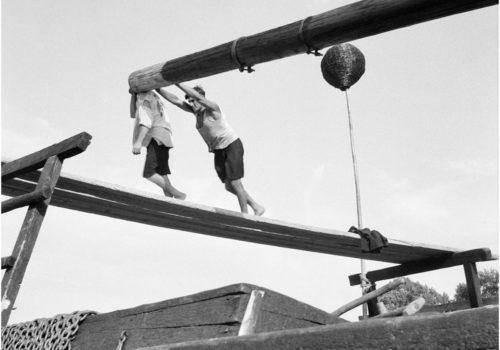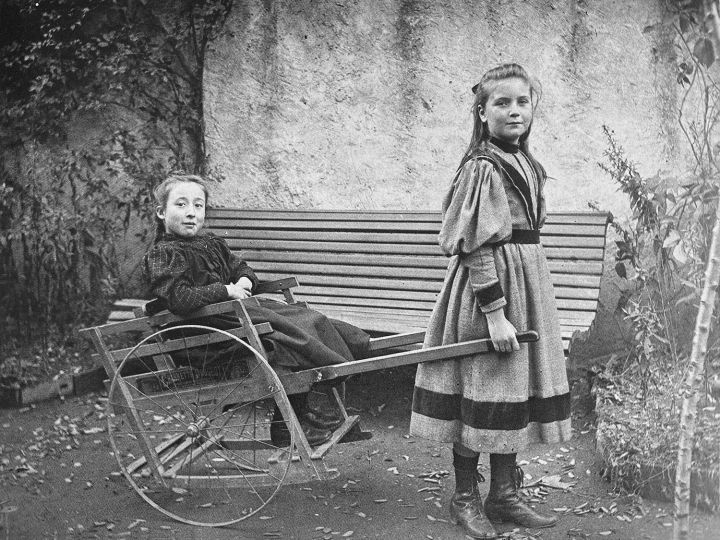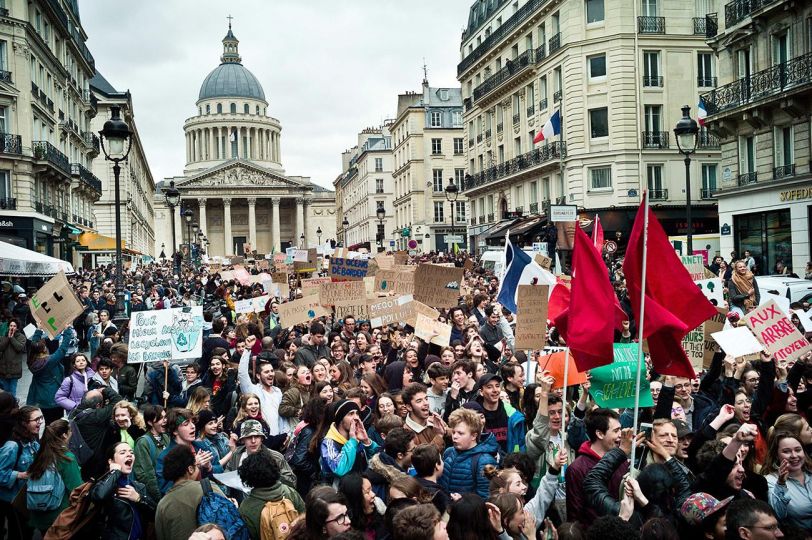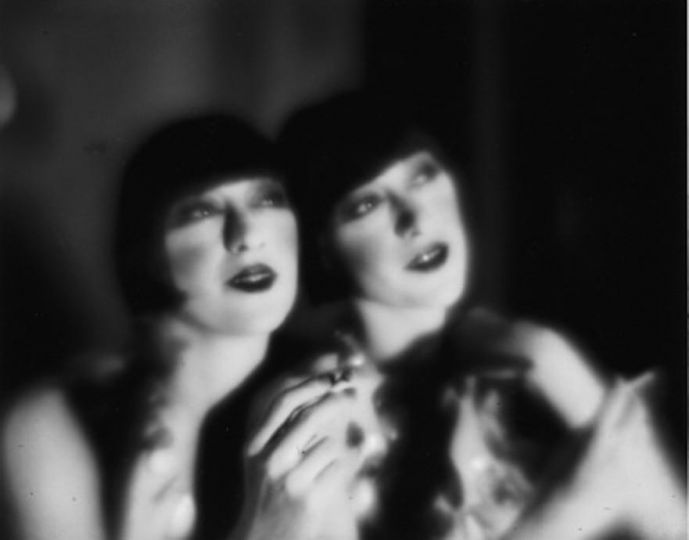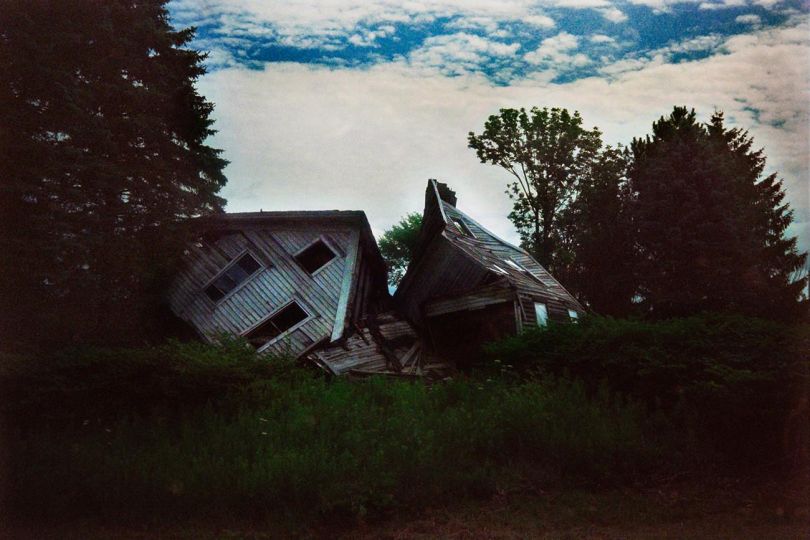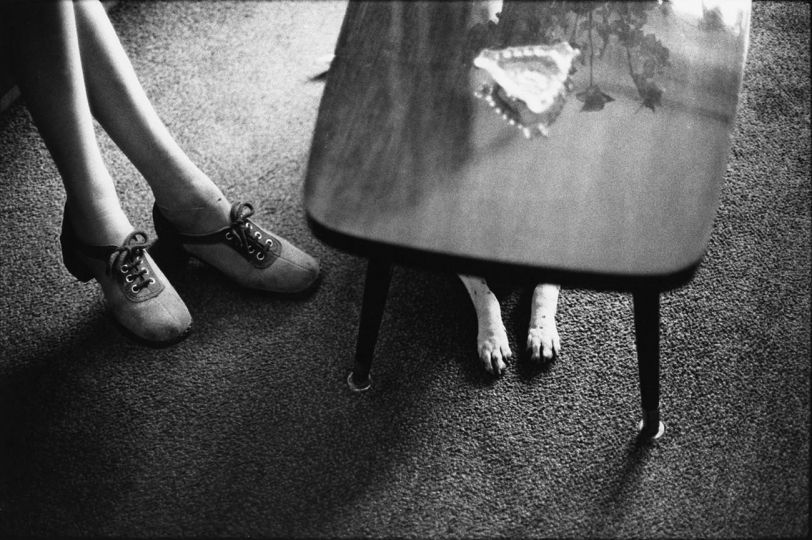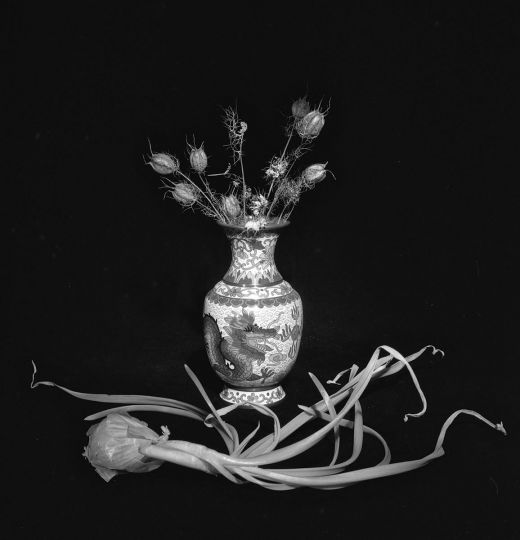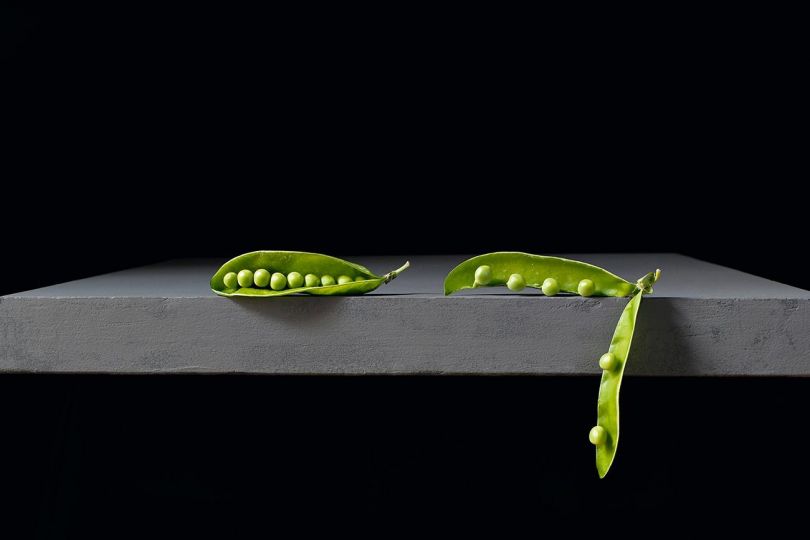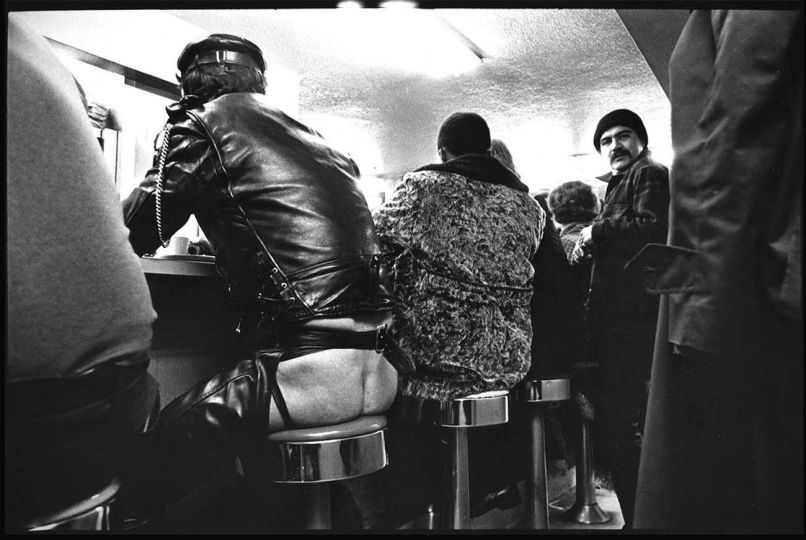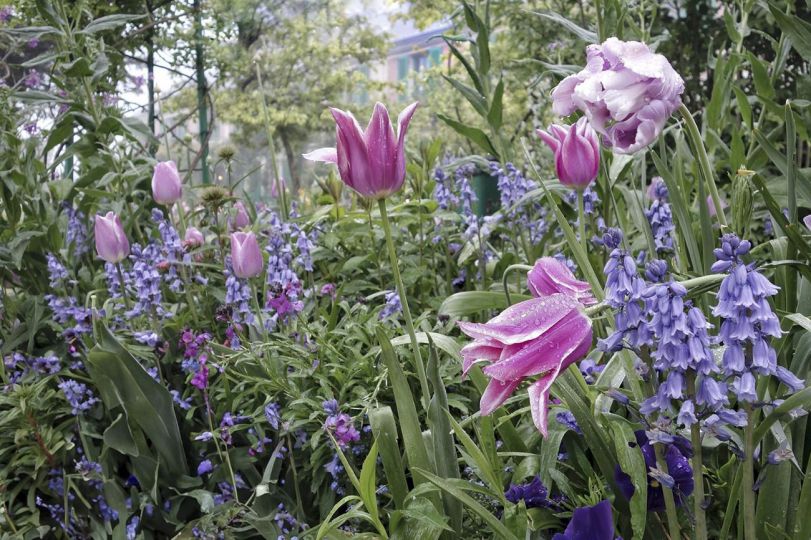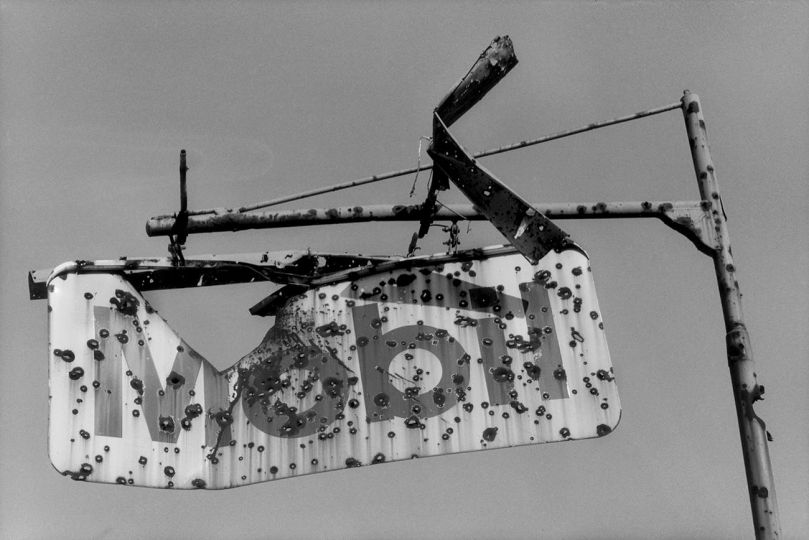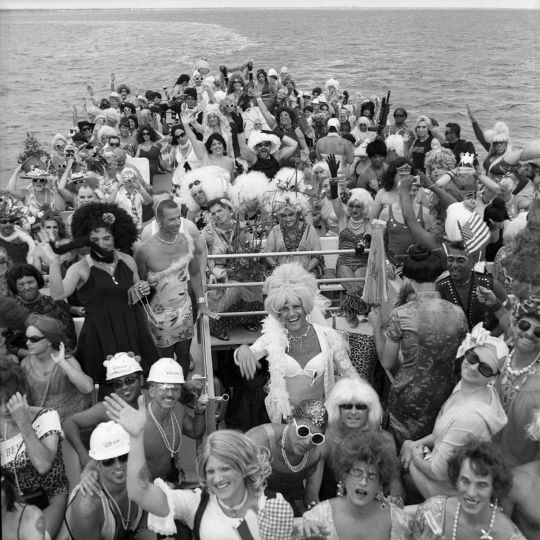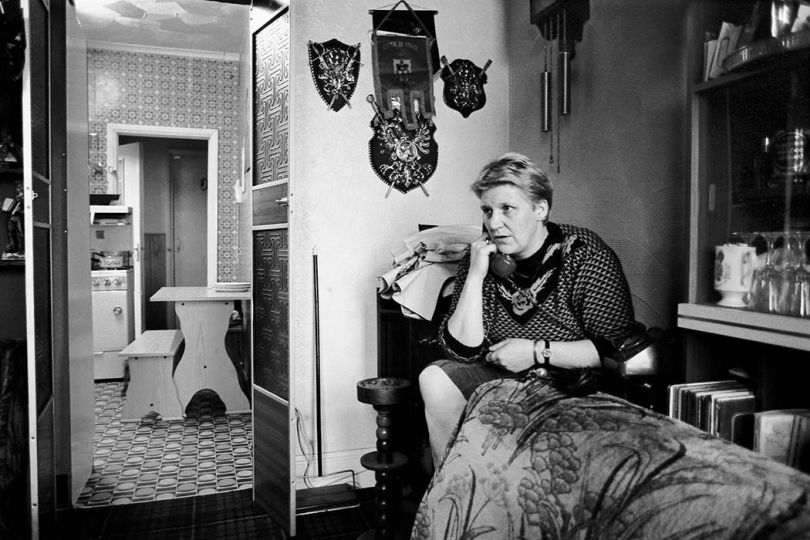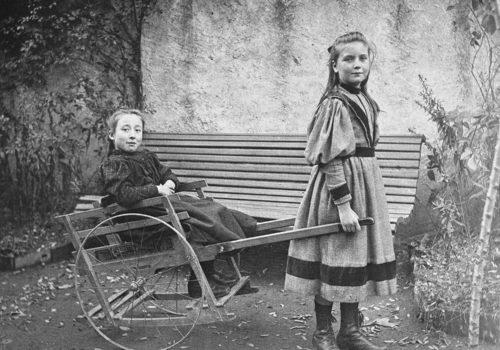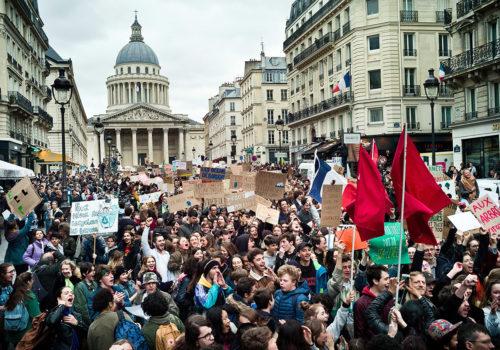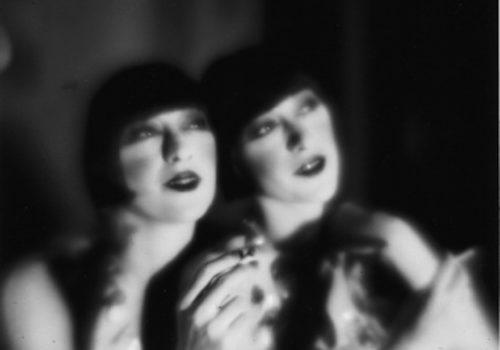The Instituto Cervantes in Toulouse presents the exhibition Nicolás Muller : Le regard engagé (A committed gaze).
Nicolás Muller (1913-2000) had a life of exile, like his compatriots Robert Capa or André Kertész, while having managed to satisfy his desire for images, and to report on the living conditions of his peers. He became one of the big names in Hungarian social photography.
Born into a bourgeois Jewish family, he was caught in the torments of a time when Europe was going to experience the worst. Having to flee in the face of the rise of Nazism, he traveled successively to Italy then France, then arrived in Portugal, Morocco, then finally settled in Spain where he would set up his own studio and where he would end his days. The beautiful exhibition at the Cervantes Institute in Toulouse brings together a set of more than a hundred photographs, most of them unpublished, or rarely shown in good conditions. These archives, more or less forgotten, are now in the care of his daughter Ana Muller, also a photographer – she took over her father’s Madrid studio when he retired. A beautiful book bringing the images together was published by the Cervantes Institute for the occasion.
Nicolás Muller’s view could be described as humanist, since he strived to document the daily life of the working world and more generally of the most modest social classes. His true professional starting point was in the representation of the working world, and the societal contexts in the countries he visited. However, he demonstrated an obvious desire in the composition of the image – his dynamic diagonals in the square format of his Rolleiflex – and the rigor in the framing, which brought him closer to the greats.
“My eyes, my hands and my whole being itched with the desire to go everywhere to take photographs.” he said.
He formed himself through successive encounters and experiences, developing a documentary style that would mark the 1930s. He frequented markets in Portugal, the banks of the Seine in France, Morocco under its overwhelming sun, the difficult life of workers and children’s games almost everywhere.
“I learned that photography can be a weapon, an authentic document of reality. […] I became a committed person and photographer.”
It is less a political approach than a social one, which is given to us to see, full of curiosity, attention and empathy for the deprived, relayed by a beautiful technique of using the strong light of the southern countries, these photographs still remain precious testimonies.
Jean-Jacques Ader
“Nicolás Muller, the engaged gaze” exhibition at the Cervantes Institute in Toulouse from 11/15 to 02/14/25
Info: https://toulouse.cervantes.es/fr/default.shtm
Publication of the book “Nicolás Muller, La mirada compromised” Instituto Cervantes

